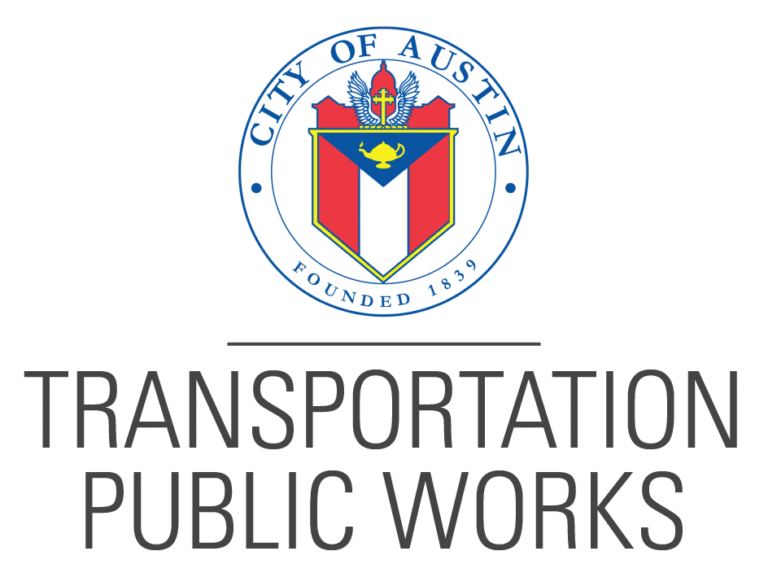
Lead your organization through complex Agile change with clarity and confidence. Our proven process equips your team to drive results, align leadership, and accelerate transformation—minimizing disruption every step of the way.


Adapting to market shifts is tough. Productivity drops, leaders feel stuck, and change efforts often stall from fatigue and misalignment. Even experienced teams risk wasted time and stalled growth.
You don’t need to figure this out alone. Our Leading Agile Change Management service is a step-by-step solution that aligns your teams, clears roadblocks, and puts everyone on the path to business agility with measurable, lasting results.
We begin with a thorough assessment of your organization’s current state and Agile readiness, establishing a baseline for change.
We educate and align your leaders and key stakeholders on Agile principles, define the roles they’ll play, and train them to champion the change across the organization.
Next, we co-create a customized change management plan – a sequenced, prioritized roadmap of activities tailored to your goals and your organization’s unique constraints.
We develop a value stream map to visualize how value currently flows through your business. This identifies bottlenecks and opportunities, ensuring improvements focus on delivering value faster.
Our experts review your organizational design and team structures, recommending changes that better support business agility and cross-functional collaboration.
Finally, we provide Path to Agility® certification training for your team. This gives your change leaders a common language and a proven framework to sustain and scale your Agile transformation.
Agile change can feel overwhelming. Teams lose momentum, leaders face pushback, and progress stalls. You don’t have to navigate it alone—there’s a proven way to succeed.

Clarify your organization’s goals and what success looks like—align leadership and teams around a shared vision.

Co-create a tailored action plan, prioritizing key initiatives and sequencing changes for quick wins and long-term impact.

Lack of shared direction leads to teams working at cross-purposes, limiting overall momentum.
Incomplete adoption of Agile practices results in wasted effort and missed improvement opportunities.
When business objectives aren’t clearly connected and communicated across teams, measuring impact and delivering value becomes difficult.




Accelerate your organization’s transformation with a practical, outcome-driven Agile strategy. Our approach equips your teams to deliver real business value, adapt to change, and outperform the competition.














When we were about to start our Agile Transformation, we knew we wanted training and coaching to help get things off on the right foot. We spoke to a few different companies and eventually selected Agile Velocity because they were nimble and shared our vision for what a successful transformation should look like.
We accelerated through our transition with Agile Velocity’s help. The Path to Agility was crucial to our journey because it focused on outcomes, strengthened our capabilities, and became an integral part of our improvement mindset.
Before working with Agile Velocity we never finished a sprint. We are now completing sprints consistently and pulling in additional work.
[The best part about our transformation] once we got out of the bottom of the change curve, the energy fundamentally changed. There’s something about having things on the wall, having standups, and operating differently that they were able to take ownership in a way they never had the context to do well before. It was exciting and felt good to be around.
Our culture has changed significantly. We are a good place to work. We were voted one of the best places to work in Texas. But within IT, we were very siloed. Teams didn’t interact with each other, and we didn’t interact as much with our onsite business customers. But, now what you see is that buzz and energy. Everybody is really focused on collaboration and tackling things together.
I was impressed with Agile Velocity\’s ability to quickly come up to speed, gain trust from the Southwest Teams and begin to partner in driving our transformation. They used the Path to Agility which drove alignment on goals, necessary actions, and focus areas as well as helped us track and visualize maturity. Their coaching enabled our teams to pivot and re-prioritize work in a quick and organized manner.
Ready to guide your business through Agile change and get measurable, sustainable results?
Connect with our team for a personalized consultation.
We can help! Simply complete the form below and one of our experts will get back in touch with you shortly.